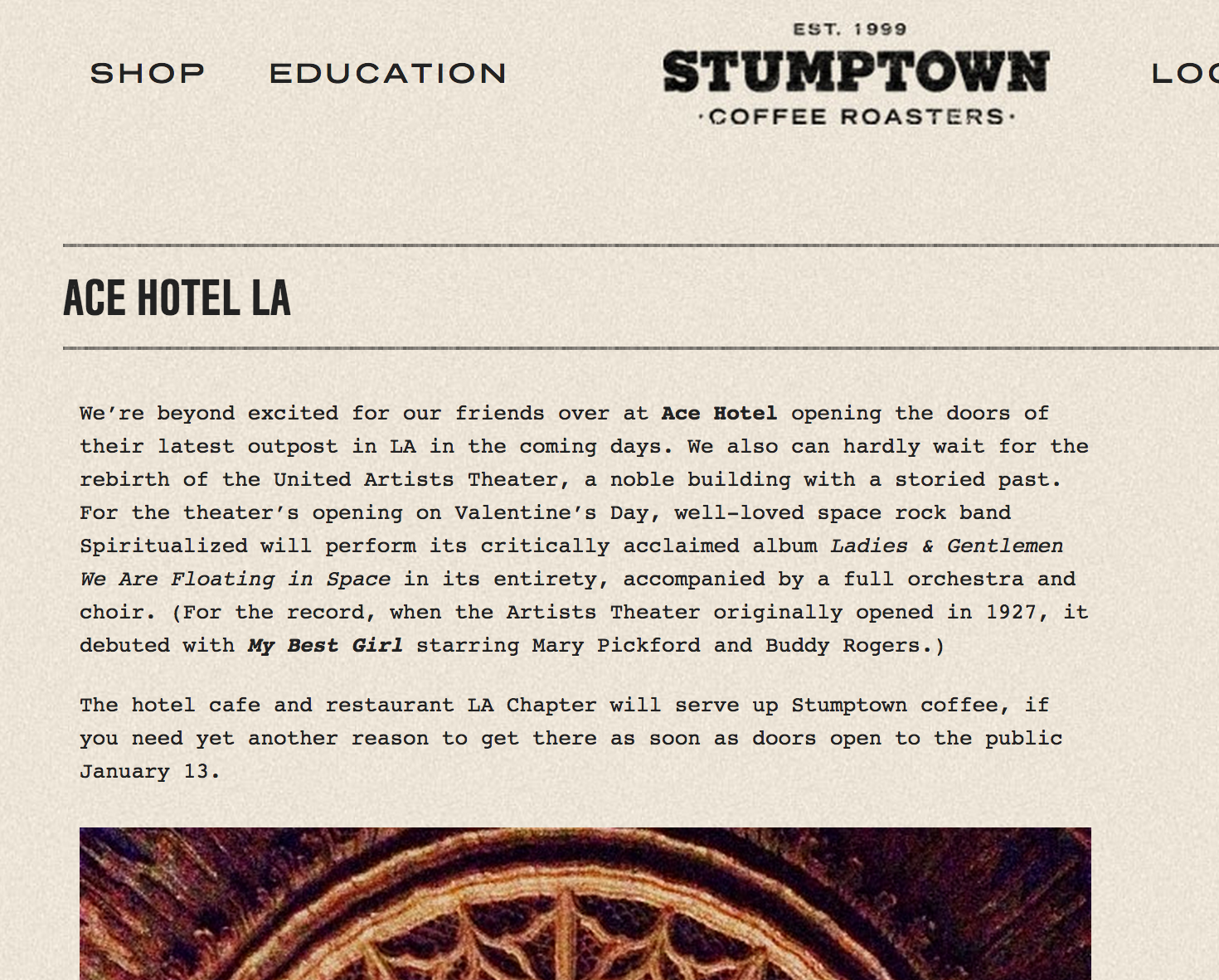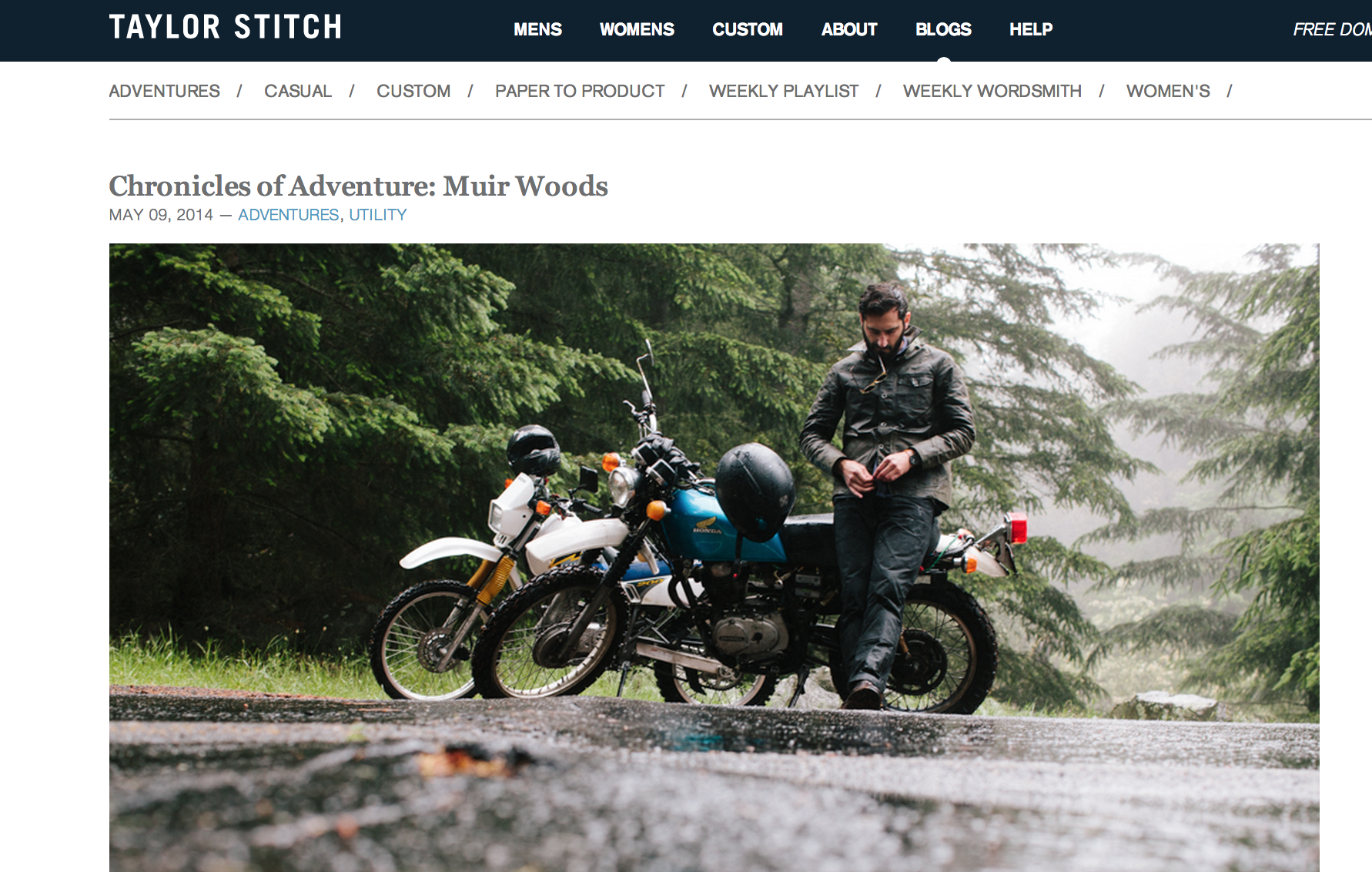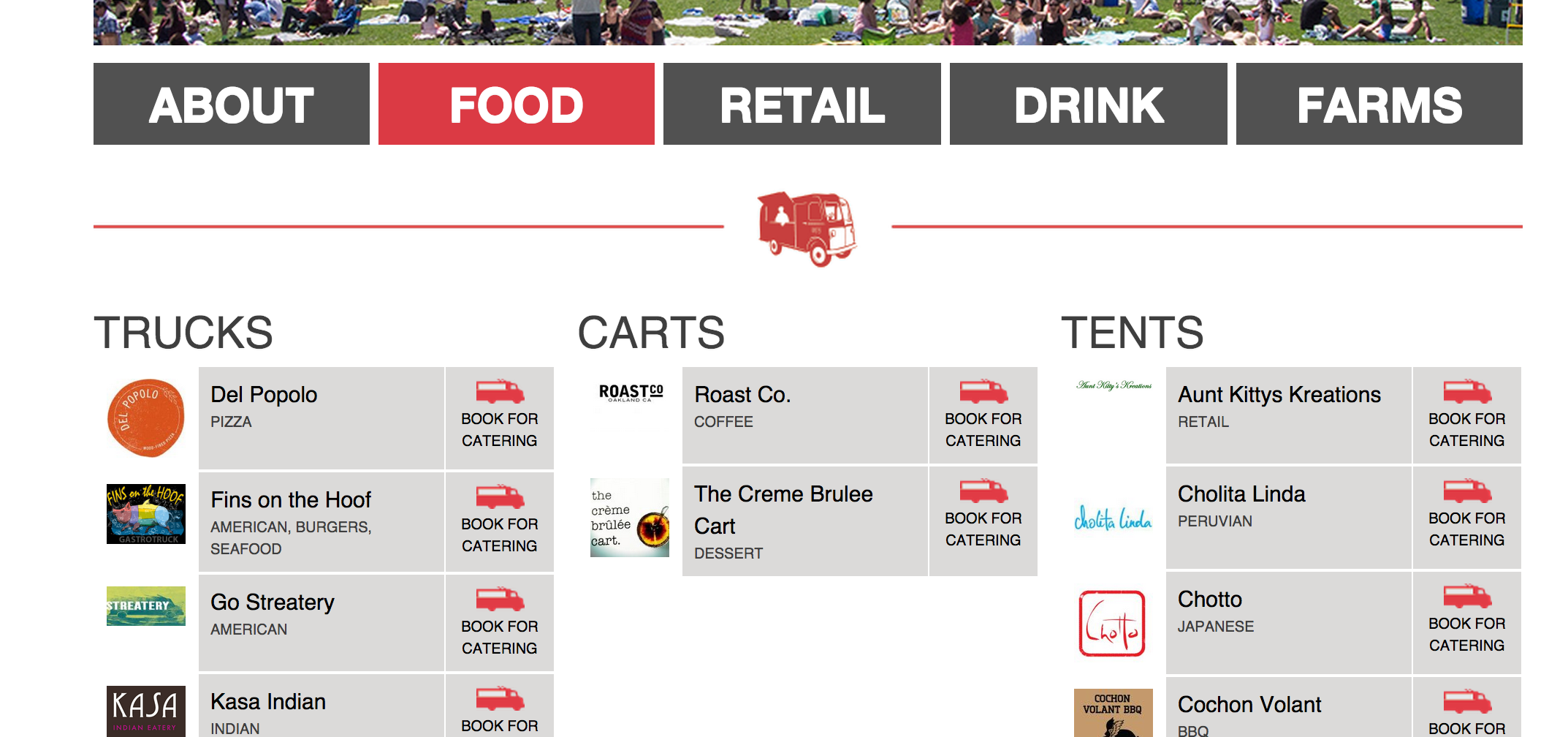
Backlinks: Why They Still Matter and How to Build Them
Links are still the backbone of Google’s algorithms, which determine where your site ranks in Google’s SERPs (search engine results pages). This is why having quality links pointing to your site can help you gain more visitors organically versus relying on paid efforts.
A backlink, also known as an inbound link or just a link, is an incoming link from another website or page that directs or points back to your own site or page. Unfortunately, too many bad backlinks can get your site in big trouble with Google in the form of a penalty. It can be hard to know what constitutes a good link versus a link that could spell trouble for your site. Google is the final judge of your backlinks and you have to play by their rules.
Today, we break down what natural backlinks are, why you need them, and how to gain them while staying within Google’s guidelines. Before we discuss natural backlinks, it’s a good idea to explain how links have evolved over the years. Here’s a brief history of links:
Wild West Times (pre 2012): This was a wild time for SEO, when nearly any tactic was fair game and Google didn’t enforce many of their regulations. Only the most flagrant of practices would get you penalized by Google. Reciprocal linking, directories, link farms and three-way linking were just some of the tactics used with reckless abandon and they worked.
Companies charged money to provide a link from their low ranking site, and people would pay for these types of links. It also was very common for sites to have a “reciprocal links” page where they would make trades with other sites for links. These linking relationships provided very little value to Google and searchers, so Google eventually stepped up their enforcement and changed their algorithms to provide a better search experience. Google’s biggest weapon in the battle against bad backlinks came in the form of the Penguin Algorithm in April of 2012.
Relationships & Quality Links (post Penguin): After the Penguin update leveled many sites that were playing cowboys in the “wild west days of SEO,” most people changed their way of thinking. The painful realization (for some) that these tactics were no longer beneficial for clients and companies provided a much needed reality check to the SEO industry. There has been a shift from trying to get as many links as possible, to getting higher quality links.
What is a natural link?
A natural link isn’t something you ask for, especially for SEO purposes. A natural link is earned because someone finds value in your site, page, products or content. Gone are the days of reaching out to webmasters asking for a link back because it’ll help your SEO efforts. If you think about the movie, Field of Dreams and the famous scene in which Kevin Costner is told “if you build it, he will come,” that’s how you should think about obtaining natural links. If you build it (content), he (links) will come. It’s a simple concept, but one that helps illustrate why you need quality links.
Why do you want links?
Backlinks still signal to Google that sites are relevant and are going to be useful for searchers. It was only a few months ago that Google’s Matt Cutts said “links still have many, many years left in them.” So for a long-term SEO strategy, link building is a good idea. The more good quality, natural links you have, the better your rankings in Google can be. Just keep in mind, if you’re going to build links, ensure they’re quality.
How to build quality links
As we outlined above, the “Wild West Times of SEO” are long gone, and link building is no longer fast and furious. The new buzz word/phrase to remember is “link earning,” which means earning links over time. Producing great content is a foolproof way to build natural links. Examples include in-depth, well researched blog posts, informative videos, which entice people to subscribe to your YouTube channel, and images that make people want to pin, tweet and Like their hearts out. You want to produce content that people will love to share and link back to.
Here are some small businesses that are nailing it on the link building front (and they probably don’t even realize it):
Stumptown: We really love coffee in San Francisco and Stumptown out of Portland, Oregon is among our favorites. Stumptown Coffee often writes blog posts and links back to various coffee shops that use their beans and cold brews – Talk about a link with some juice java! Here’s a perfect example below in which Stumpton writes about Ace Hotel in LA. Not only does Ace Hotel get a link from Stumptown, but they also gain exposure to a new audience.
Taylor Stitch: Looking like a million bucks isn’t hard with some handsome threads from Taylor Stitch. Their blog features stunning real world product photos, weekend plans, and even a weekly playlist. All of these features are ripe for linking, Pinning, Liking and more. Each new product they release gets its own blog post with 8-10 beautifully shot photos, which are always hot on Pinterest, and often get write ups on fashion blogs and even GQ – Now that’s a good looking link!
Off the Grid: This San Francisco food truck gathering is always the talk of the office come Monday morning. Maybe it’s the Bloody Mary cart, Mimosa bar or the tofu tacos, but Off the Grid is the place to be for Sunday Funday. You want a link from Off the Grid? Better fire up your food truck, because they are more than happy to link to your site, menus and everything else if you serve food or drinks at their events. They even include a link to book your truck for catering. Now wouldn’t that be a tasty link to get?
If you have some good examples of how you gain quality links, please share in the comments. We also recommend keeping up with Google’s ever-changing rules. Luckily, Google is kind enough to provide a rule book of sorts called Google Webmaster Guidelines, so keep it bookmarked.
Score more marketing tips like this by subscribing to the VR Buzz.
© 2014 – 2018, Contributing Author. All rights reserved.






